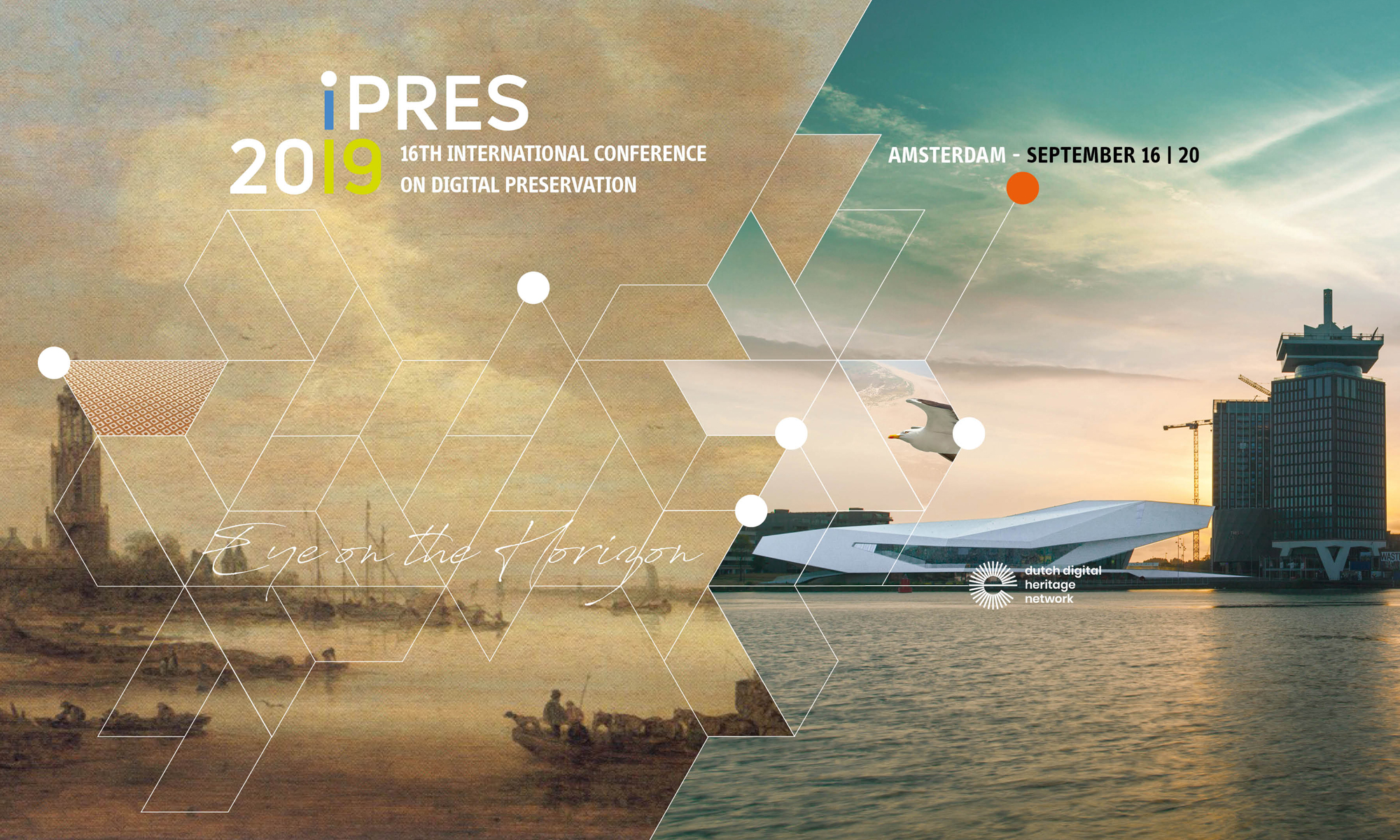CUTTING EDGE // Internet Art
IJ lounge
Paper
Detailed Programme
Preservation strategies for an internet-based artwork yesterday, today and tomorrow
Claudia Roeck (University of Amsterdam), Rafael Gieschke (University of Freiburg)
This paper investigates possible preservation strategies for an internet-based artwork and assesses the strategies that best capture the authenticity of the work for future iterations. Two different preservation strategies are applied for the internet-based artwork TraceNoizer.org from 2001. A third one, a Linux Live CD, was carried out by one of the artists. They are compared and evaluated from the perspective of the long-term preservation of the work's most significant properties. Compared to software-based artworks, the characteristics of internet-based artworks shift the focus of the preservation measures from the stabilization of the software to reduction of server maintenance, protection of server and artwork from internet threats and reduction of external dependencies. This paper suggests solutions how to handle these challenges and discusses its benefits and disadvantages for long-term preservation.
Download Paper (PDF)Provenance for Internet Art: Using the W3C PROV data model
Lozana Rossenova (London South Bank University / Rhizome)
When a scholar, curator or archivist is researching an artwork, they need provenance, an essential piece of information that can help them evaluate as to whether a source can be trusted. This paper will investigate how to express the provenance of Internet art as linked data. One of the standards that has emerged to describe the provenance of digital data is the W3C PROV. It provides a model which facilitates description of the entities, agents and processes involved in producing data. This generic model has proven to be applicable in various contexts, including the cultural heritage domain. However, its potential to describe the provenance of Internet art is not yet fully explored. This paper demonstrates how the PROV model can be used to describe the provenance of Internet art by applying it to a case study from Rhizome’s ArtBase, an online archive dedicated to preserving works of Internet art. This paper is aimed at digital art conservators, digital curators, Web archivists and art historians.
Download Paper (PDF)

